日本医院饮用水管被错接厕所30年
- 2021-10-22 10:57:46
- 点赞量:7325
- 点击量:110118
- 作者:秘书处Secretary's Office
水管接对了,我们就能每天饮用干净卫生的自来水,但如果接错了,那就不知道每天喝的是啥了。近日,据说日本医院饮用水管被错接厕所30年!这是不是意味着,在过去的30年里,他们都喝了厕所里的水呢?另外,据日本大阪大学消息,出现此失误的水龙头达120处。
If the water pipe is connected correctly, we can drink clean and sanitary tap water every day, but if it is connected incorrectly, we don't know what we drink every day. Recently, it is said that the drinking water pipe in Japanese hospitals has been wrongly connected to the toilet for 30 years! Does this mean that in the past 30 years, they all drank water from the toilet? In addition, according to Osaka University in Japan, 120 taps have made this mistake.
日本医院饮用水管被错接厕所30年
The drinking water pipe of Japanese hospital has been wrongly connected to the toilet for 30 years
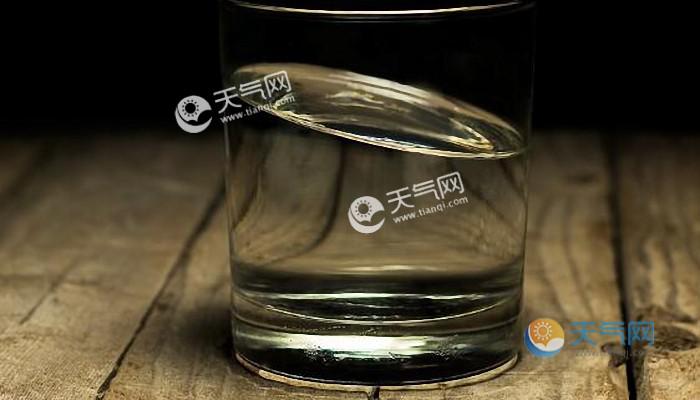
日本医院饮用水管被错接厕所
The drinking water pipe of a Japanese hospital was wrongly connected to the toilet
据北青网消息,日本《读卖新闻》报道,当地时间20日,日本大阪大学医学部附属医院的部分诊疗楼,误将厕所用水接入饮用水管道。这一情况已持续近30年。期间,该院的职工和患者一直误将厕所用水用于饮用、洗手、漱口等。
According to beiqing.com, Japan's Yomiuri Shimbun reported that on the 20th local time, some diagnosis and treatment buildings of the Affiliated Hospital of the medical department of Osaka University in Japan mistakenly connected toilet water to drinking water pipes. This situation has lasted for nearly 30 years. During this period, the staff and patients of the hospital have been mistakenly using toilet water for drinking, hand washing, mouthwash, etc.
据报道,日本大阪大学公布消息称,在其医学部附属医院的部分诊疗楼内,本应将简单处理过的井水,用于抽水马桶,但井水管道被错误地连接到饮用水管道上,导致出现此失误的水龙头达120处。
It is reported that Osaka University in Japan announced that in some diagnosis and treatment buildings of its affiliated hospital of the Ministry of medicine, the simply treated well water should have been used for the toilet, but the well water pipeline was wrongly connected to the drinking water pipeline, resulting in 120 faucets with this error.
报道称,该院于1993年建成,水管接入错误已持续近30年。由于医院准备建造新的诊疗楼,相关人员进行检查时,发现了这一问题。
It is reported that the hospital was built in 1993, and the water pipe connection error has lasted for nearly 30 years. As the hospital was preparing to build a new clinic building, relevant personnel found this problem during inspection.
据介绍,该院每周检查一次水的颜色、味道、气味等,从现有纪录来看,2014年4月以来,一直没有问题。大阪大学称,通过对水质的调查,目前没有发现危害健康的情况。
It is reported that the hospital checks the color, taste and smell of water once a week. According to the existing records, there has been no problem since April 2014. Osaka University said that through the investigation of water quality, no health hazards have been found.
相关负责人对此公开致歉,他表示 ,“提供先进医疗服务的大学附属医院,给大众带来了不安,对此感到非常抱歉”。他补充道,大学内使用经简单处理的井水的建筑还有105栋,校方将检查其水管接入情况。
The relevant person in charge publicly apologized for this. He said, "the University Affiliated Hospital providing advanced medical services has brought anxiety to the public, and I am very sorry for this.". He added that there are 105 buildings in the university that use simply treated well water, and the university will check their water pipe access.
日本自来水可以直接喝?
Can Japanese tap water be drunk directly?
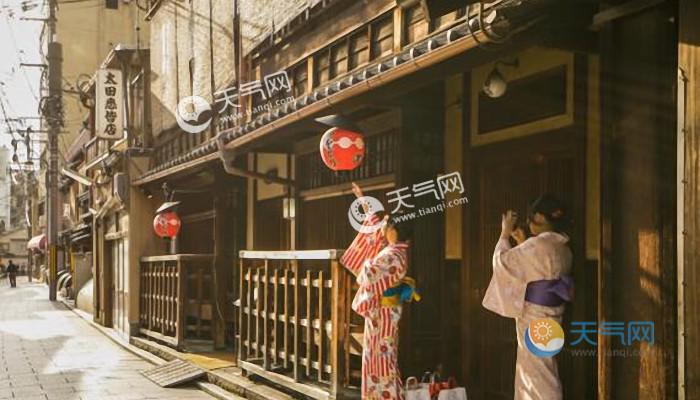
日本自来水
Japanese tap water
如果有人说,日本的自来水不仅可以直接喝,水质甚至比矿泉水更好,你会相信吗?
If someone said that tap water in Japan can not only be drunk directly, but the water quality is even better than mineral water, would you believe it?
一、放心直接喝的自来水
1、 Rest assured to drink tap water directly
现在如果你身边有人直接喝自来水,你一定认为他不讲卫生,不过在日本人看来没有什么大惊小怪的,因为日本的自来水的确是可以直接饮用的!
Now, if someone around you drinks tap water directly, you must think he doesn't pay attention to hygiene, but there's no fuss in the eyes of the Japanese, because the tap water in Japan can be drunk directly!
在岛国的各种公共场合,不论是皇居前的广场,还是很少有人的僻静公园,通常都会设有免费的专门饮水设备。人们也没有丝毫的顾虑,打开水龙头就直接饮用。
In various public places on the island, whether it is the square in front of the emperor's house or the secluded park with few people, there are usually free special drinking water facilities. People do not have the slightest concern, turn on the tap and drink directly.
日本有个公园的饮用水设备因为水流量太大,让过来喝水的路人“猝不及防”,还因此上了电视节目。
There is a drinking water equipment in a park in Japan. Because the water flow is too large, passers-by who come to drink water are "caught off guard", so they are on TV.
我国的自来水严格来说是生活饮用水,不是直饮水,虽然符合国家卫生标准,但是在经过管道长途运送后,由于水管老化生锈等原因,易受二次污染。氯气可以杀灭自来水中的病毒、细菌,但无法去除泥沙、铁锈、重金属、挥发性物质等。这就是我们的自来水不能直接饮用的原因。
China's tap water is strictly domestic drinking water, not direct drinking water. Although it meets the national health standards, it is vulnerable to secondary pollution due to aging and rusting of water pipes after long-distance transportation through pipelines. Chlorine can kill viruses and bacteria in tap water, but it can not remove sediment, rust, heavy metals, volatile substances, etc. This is why our tap water can't be drunk directly.
那么问题来了,日本的自来水为什么号称比矿泉水更干净呢?他们的自来水净化系统有什么过人之处吗?
So the question is, why is Japan's tap water cleaner than mineral water? Is there anything special about their tap water purification system?
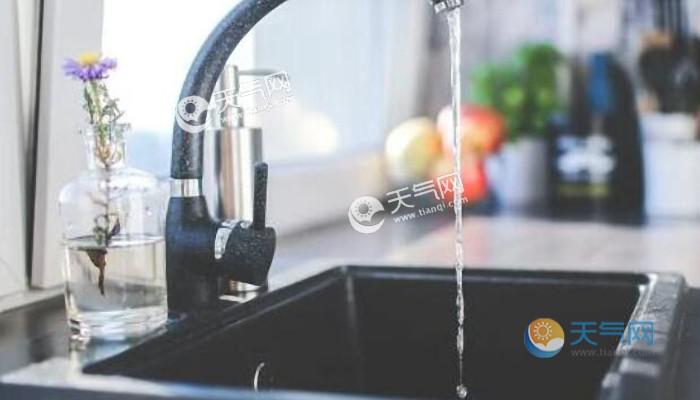
二、51项检测指标
2、 51 test indicators
日本的刑法规定,污染饮用水是犯罪行为,不仅工业污水不能直接排放,生活污水未经处理也严禁排放到河流中。污染自来水和水源的行为,将被判处6个月以上、7年以下有期徒刑。
Japan's criminal law stipulates that polluting drinking water is a criminal act. Not only can industrial sewage not be discharged directly, but also domestic sewage is strictly prohibited from being discharged into rivers without treatment. Whoever pollutes tap water and water sources will be sentenced to fixed-term imprisonment of not less than 6 months and not more than 7 years.
在严格的监管下,为确保自来水的品质,日本对于自来水有着近乎严苛的水质管理,水质的标准甚至比矿泉水还要严格。
Under strict supervision, in order to ensure the quality of tap water, Japan has almost strict water quality management for tap water, and the water quality standard is even stricter than mineral water.
厚生劳动省规定了多达51项的水质检测指标,自来水按照《水道法》的标准执行,需要达到全部51项标准。而日本的矿泉水受到《食品卫生法》的约束,只需达到18项标准即可。
The Ministry of health, labor and welfare has stipulated up to 51 water quality detection indicators. Tap water is implemented in accordance with the standards of the waterway law and needs to meet all 51 standards. The mineral water in Japan is bound by the food hygiene law and only needs to meet 18 standards.
在这51项检测项目中,有31项是针对人体健康安全制定的,另外20项是针对日常饮用方面制定的,避免自来水的颜色、气味等给饮用者带来不适感。
Among the 51 test items, 31 are formulated for human health and safety, and the other 20 are formulated for daily drinking to avoid discomfort caused by the color and smell of tap water.
为了进一步保证自来水的水质安全,东京都水道局甚至把检测项目扩大到了约200个。
In order to further ensure the water quality safety of tap water, the Tokyo Metropolitan waterways Bureau even expanded the testing items to about 200.
自来水
tap water
三、日本的自来水净化系统
3、 Tap water purification system in Japan
日本还有深度净水处理系统,在常规处理的基础上增加臭氧处理和生物活性炭吸附处理这两道工序,可以清除在常规处理中难以根除的微量有机物。
Japan also has an advanced water purification system. On the basis of conventional treatment, ozone treatment and biological activated carbon adsorption treatment are added to remove trace organic substances that are difficult to eradicate in conventional treatment.
工序1:臭氧处理
Process 1: ozone treatment
可以进行臭氧处理的“臭氧接触池”,能够透过玻璃看到池内的情况。圆筒的直径约为10厘米,从中冒出许多气泡。
The "ozone contact tank" that can carry out ozone treatment can see the situation in the tank through the glass. The diameter of the cylinder is about 10 cm, from which many bubbles emerge.
凭借强大的氧化力,臭氧可以分解残存在水里的有害物质,如构成致癌物三卤甲烷元凶的物质,或者导致水体发生霉臭的物质等。
With its strong oxidizing power, ozone can decompose harmful substances remaining in water, such as substances that constitute the culprit of carcinogen trihalomethane, or substances that cause mildew and odor in water.
工序2:生物活性炭吸附
Process 2: biological activated carbon adsorption
经过了常规工艺的加臭氧处理之后,日本的自来水还需再进行一道净化处理工序,就是利用活性炭再进行一遍净化。
After ozone treatment by conventional process, Japan's tap water needs another purification process, that is, using activated carbon to purify it again.
作业区内拥有12个生物活性炭吸附池,可以透过玻璃观察底部的情况。
There are 12 biological activated carbon adsorption tanks in the operation area, which can observe the bottom through glass.
活性炭的作用除了吸附被臭氧分解的杂质,还可以在活性炭上微生物的作用下,分解残存的更加微小的杂质 。
In addition to adsorbing the impurities decomposed by ozone, activated carbon can also decompose the remaining smaller impurities under the action of microorganisms on activated carbon.
四、追求自来水的口感
4、 Pursue the taste of tap water
水道局水质管理的51项检测指标中,除了有对安全性的考虑,还有对于口感的追求。
Among the 51 test indicators of water quality management of the waterways Bureau, there are not only the consideration of safety, but also the pursuit of taste.
自来水好喝与否,要看是否残留有漂白粉和霉臭的味道。东京都为了最大程度减少自来水中导致问题发生的物质,设定了比国家标准更加严格的数值指标。
Whether tap water tastes good or not depends on whether there is residual bleaching powder and mildew smell. In order to minimize the substances causing problems in tap water, Tokyo has set more stringent numerical indicators than national standards.
比如说自来水中有漂白粉的味道是因为水中有余留的有效氯,即“余氯”。日本法律规定余氯标准为0.1mg/l~1mg/l,但是东京都的规定是0.1mg/l~0.4mg/l,不到国家标准的一半。达到这个标准之后,几乎所有人都感觉不到水中余氯的味道了。
For example, the taste of bleach in tap water is because there is residual effective chlorine in the water, namely "residual chlorine". The Japanese law stipulates that the residual chlorine standard is 0.1mg/l ~ 1mg/l, but the Tokyo regulation is 0.1mg/l ~ 0.4mg/l, less than half of the national standard. After reaching this standard, almost everyone can't feel the taste of residual chlorine in the water.
五、全民推广“直接喝自来水”
5、 Promote "drinking tap water directly" among the whole people
虽然日本的自来水可以直接饮用,但是对自来水抱有“不安全”、“有臭味不好喝”等观点的日本人也不在少数。
Although Japanese tap water can be drunk directly, there are not a few Japanese who hold the views of "unsafe" and "bad smell".
为了改变这一状况,日本的一些机构组织开始把自来水灌装入塑料瓶或铝罐中出售,或者在活动中发放给民众。此举的目的就是让大家知道,自来水的确“变得好喝了”。
In order to change this situation, some organizations in Japan began to fill tap water into plastic bottles or aluminum cans for sale, or distribute it to the public during activities. The purpose of this move is to let everyone know that tap water has indeed "become delicious".
日本政府也很重视自来水的宣传推广,经常会联合地区性自来水企业一起做广告,让民众可以放心喝自来水。比如东京水道局的工作人员,就在电视镜头前直接饮用自来水,为民众树立了榜样。
The Japanese government also attaches great importance to the publicity and promotion of tap water and often cooperates with regional tap water enterprises to advertise so that people can drink tap water at ease. For example, the staff of the Tokyo waterways Bureau drank tap water directly in front of the TV camera, setting an example for the people.
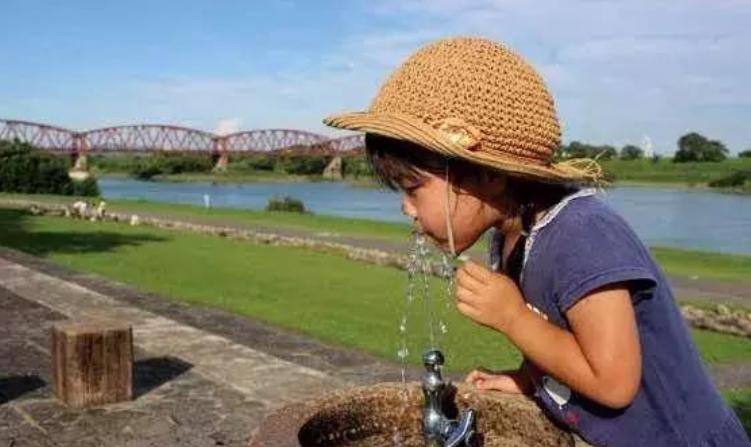

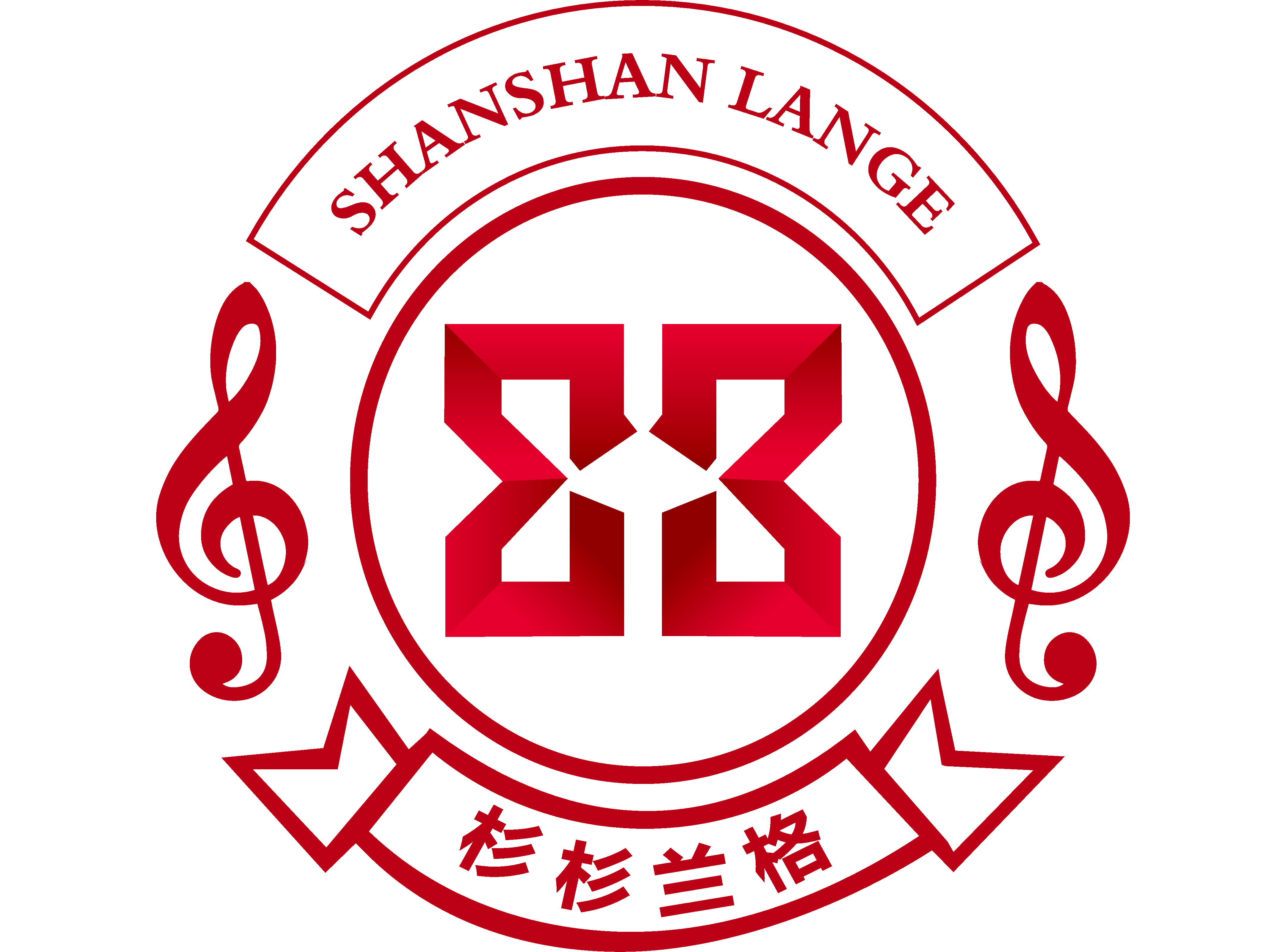
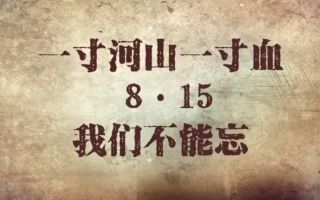
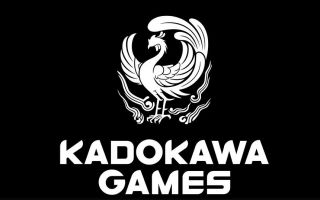
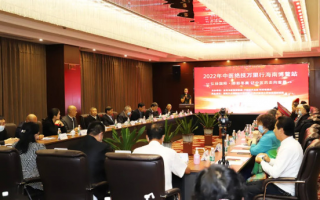
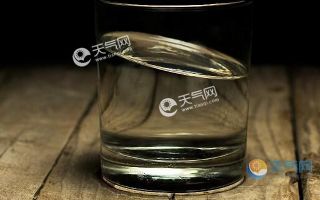
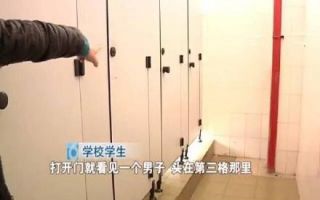
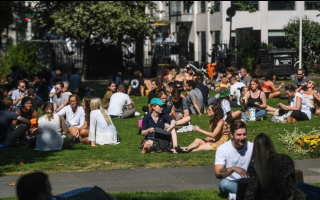
0 条 评 论 Write a Response